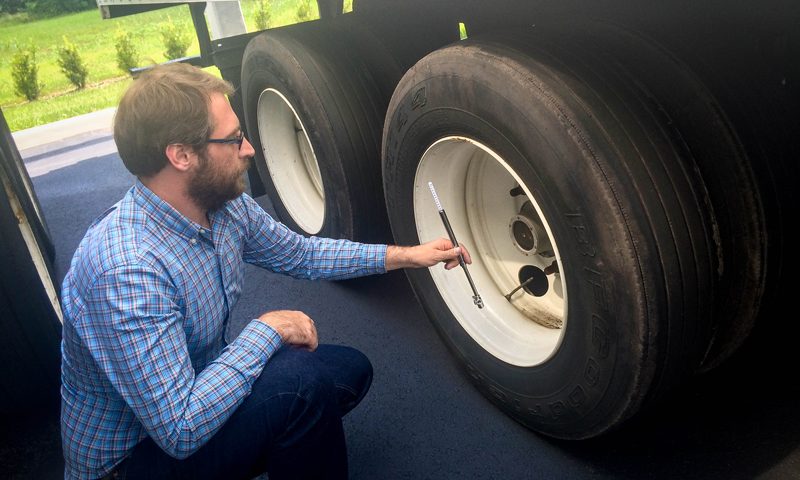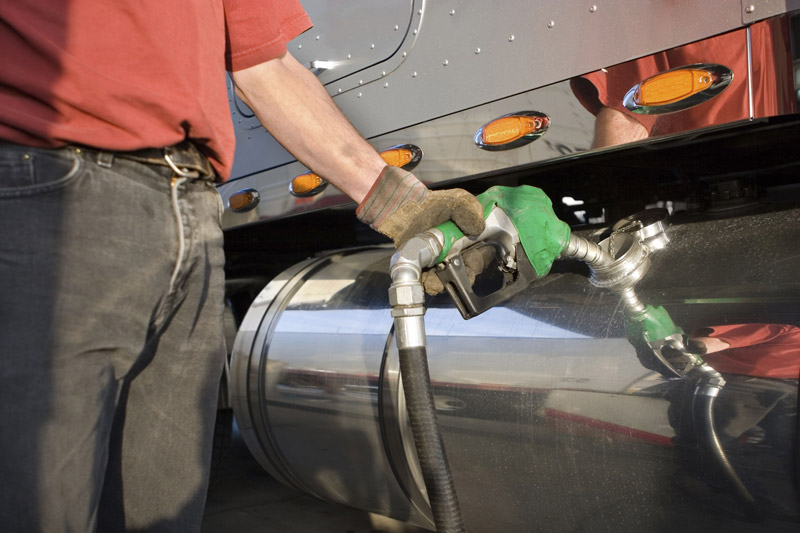
7 Fuel Saving Tips you can apply for FREE
April 21, 2016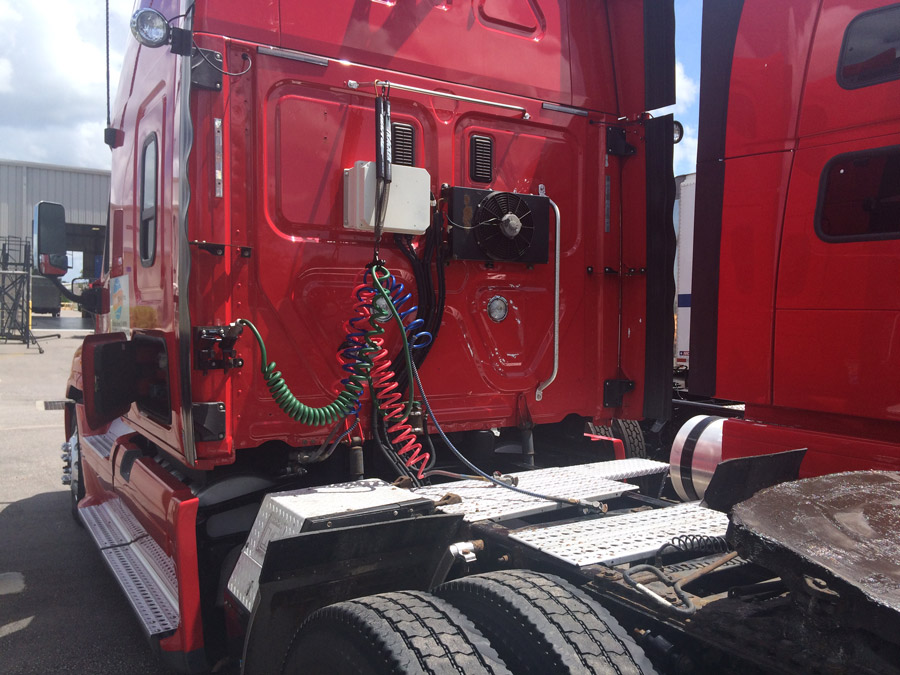
4 Pre-Trip Inspection FAQ’s by Owner Operators
October 31, 2016At Status Trucks, we are committed to safety. Following regulations is not only about being compliant, but also about getting you home safe and keeping safe those around you. We are close to that time of the year again when the CVSA’s International Roadcheck will take place.
This is a 72-hour period in which CSVA-certified inspectors across the nation conduct inspections on large trucks and buses. Besides checking for other safety aspects, this year the emphasis is tire safety.
FMCSA safety regulations on tire restrictions fall mainly under Title 49 § 393.75 and limits drivers from operating a vehicle when:
- A tire has a body ply or belt material exposed on the sidewall
- There is any tread or sidewall separation.
- The tire is flat or has an audible leak or
- The tire has a cut to the extent that the ply or belt material is exposed.
Proper tire maintenance can increase tire life, fuel economy, and overall ensure your safety and of other motorists sharing the road. These easy to follow tips will help you to avoid tire violations and stay safe:
1. Maintain Proper Tire Inflation
§ 393.75(h)(1) – No motor vehicle shall be operated on a tire which has a cold inflation pressure less than that specified for the load being carried.
Proper inflation is the key to tire safety. It is normal for tires to lose around 3 psi per month due to air migration. Monitor air pressure to reduce tire wear. A tire underinflated by 10 psi can wear 20% faster than a properly inflated tire. Also, tire temperature can increase by 5 degrees for every 1 psi under the recommended tire pressure. Extend the life of your tires and avoid an accident by monitoring proper inflation.
2. Visual and Tactile Inspections
Visually inspecting tire tread and sidewalls is critical. Signs of snags, cuts, nails, bolts, debris or steel belts exposed should be carefully examined and repaired or replaced if necessary. If you see bulges in the sidewalls, do not probe the bulge with any object but make sure a qualified technician inspects the tire.
3. Keeping Your Wheels Aligned
In addition to a thorough tire inspection, check out your wheel alignment status as well. Any damaged or bent wheels should be replaced, and lug nuts should not show rust, this may indicate loose lug nuts. Also, look for signs of seals leaking on the bearing end caps. Proper vehicle suspension alignment will also help to increase the lifetime of your tires significantly.
4. Tire Tread Depth
Section (b) of the FMCSA law for parts and accessories for necessary safe operation states that tire groove pattern depth shall have at least 4/32 of an inch. This when measured at any point on a major tread groove.
5. Tread Size
Mileage is reduced by 10 miles for every tread size under the recommended width.
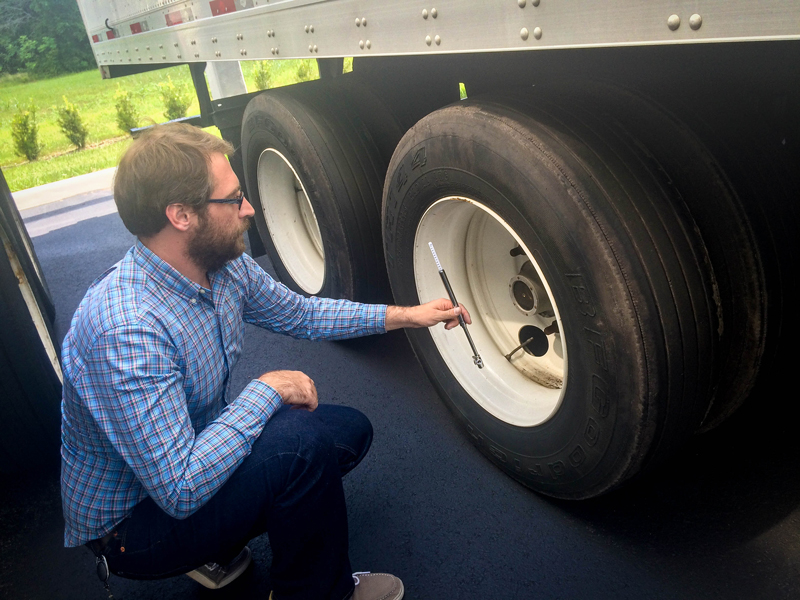
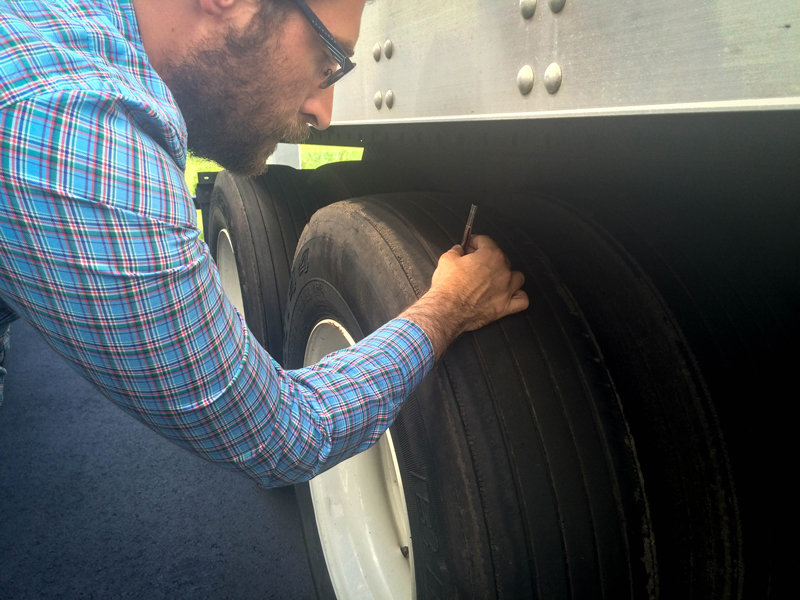
Review the previously mentioned points during your next pre-trip inspection and also at appropriate intervals of your operation. As we mentioned before, safety is one of our priorities at Status Trucks. Let’s work together in an effort to keep our roads safe and getting you back home safe to your family.


